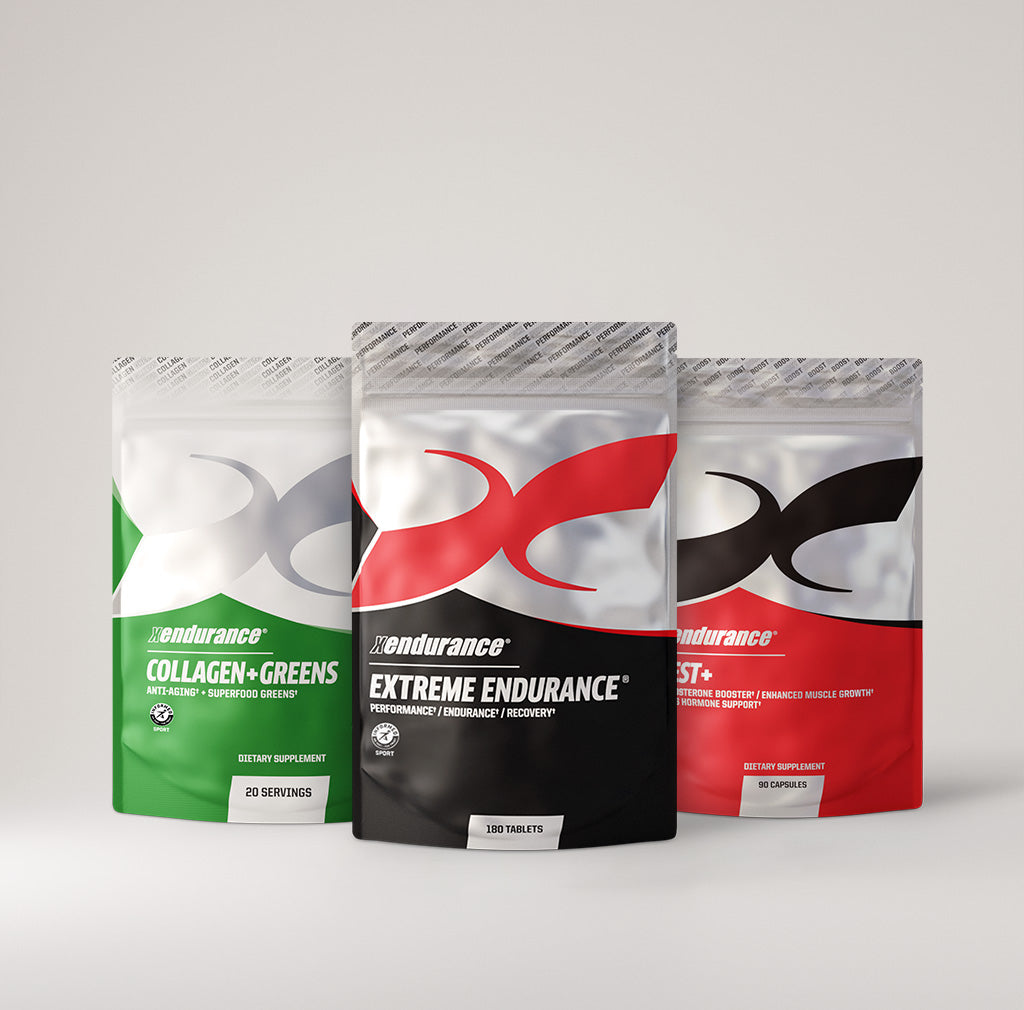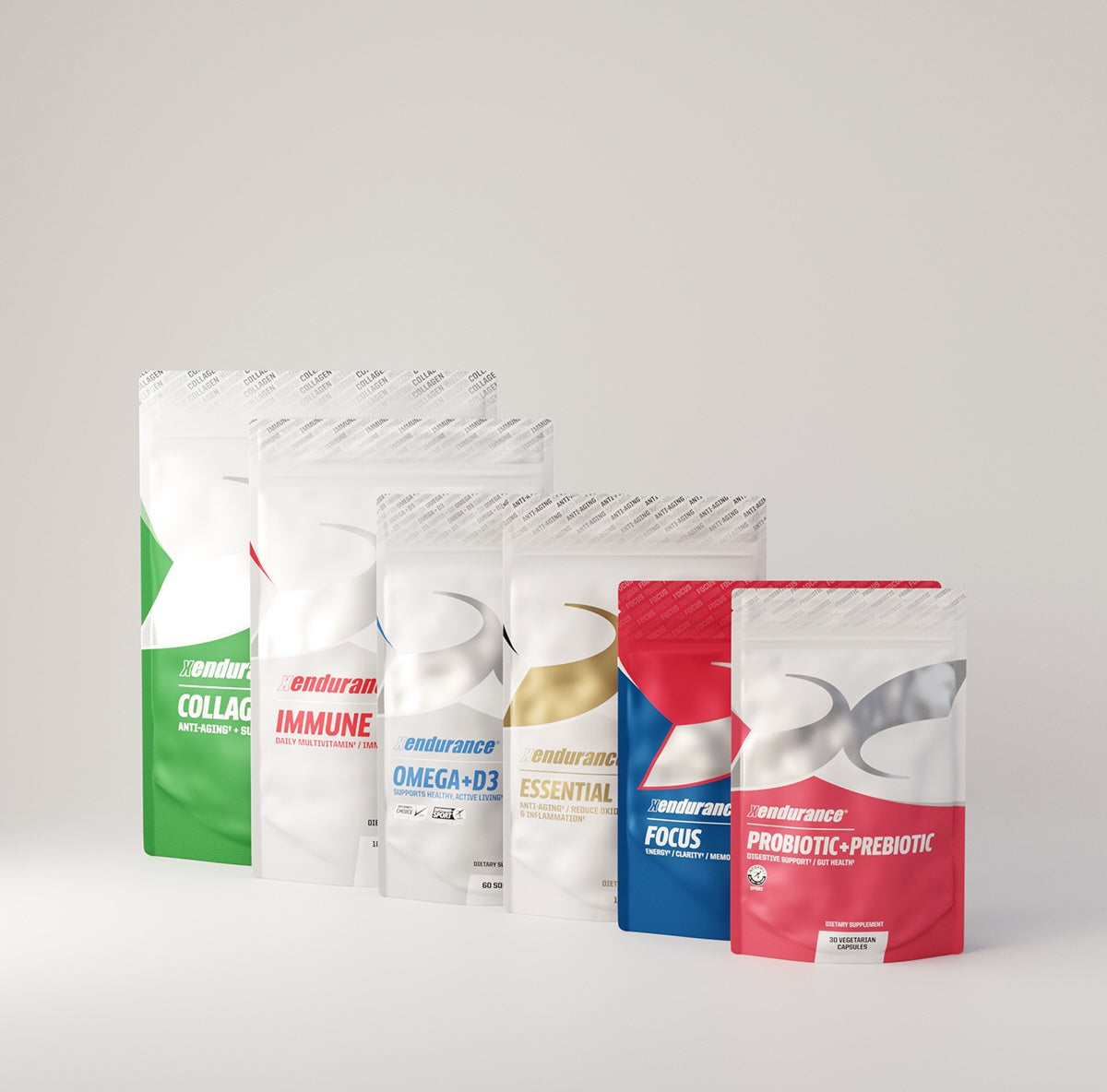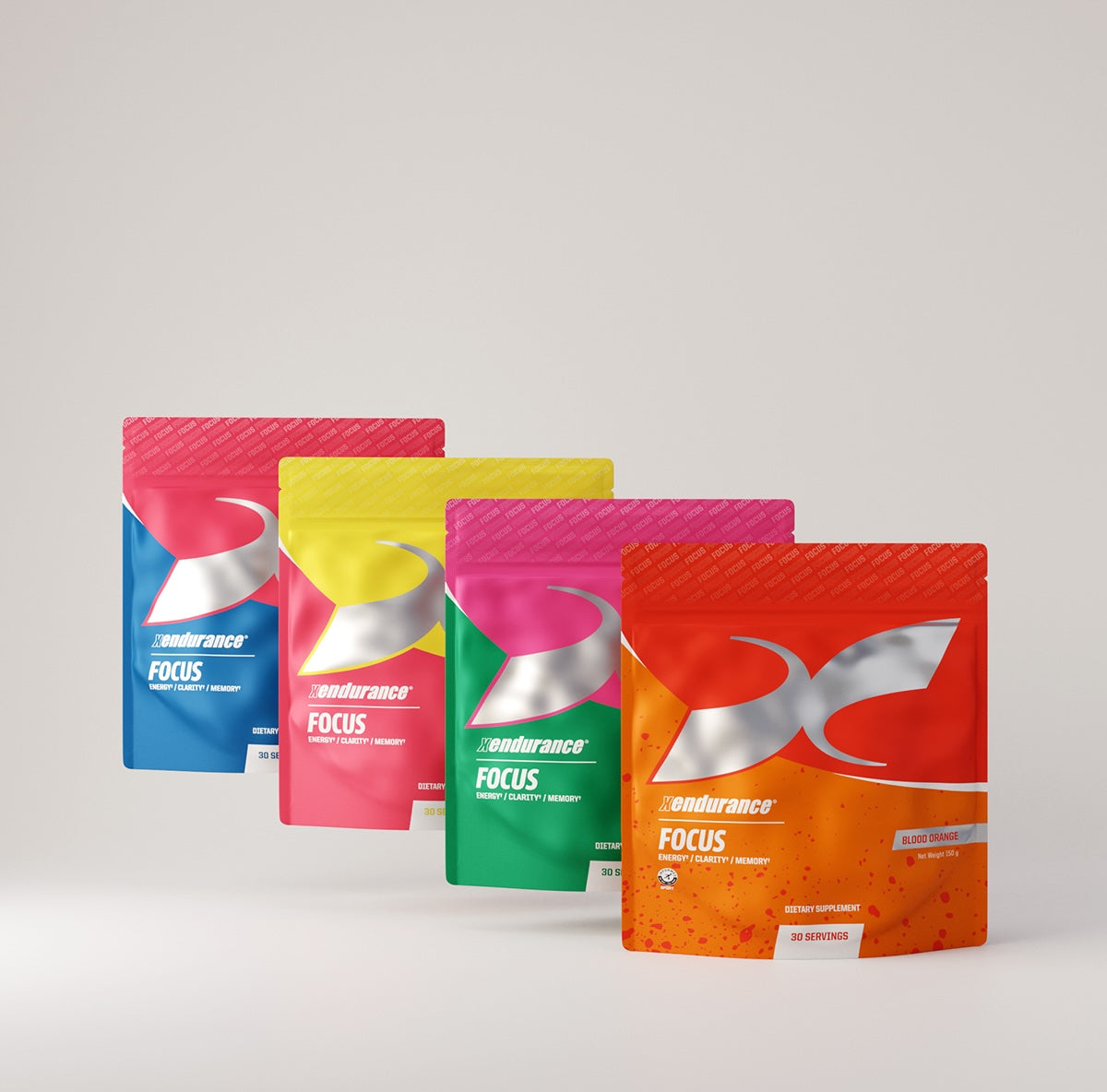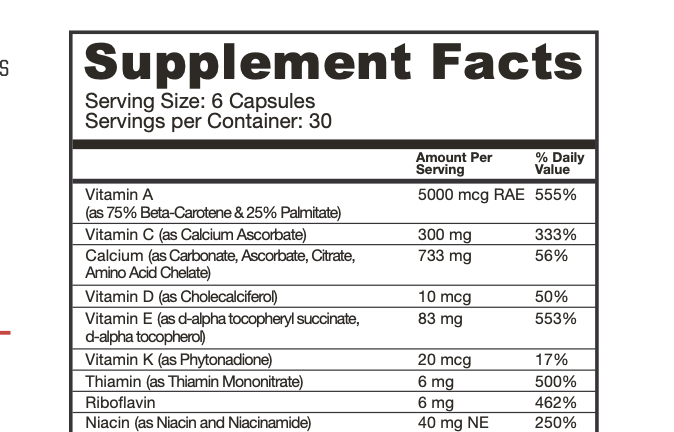Resistance training is an incredibly effective way to improve bone health, muscle strength, and overall physical fitness, regardless of age or fitness level. Not only can resistance training help to prevent chronic diseases and reduce the risk of injury, but it can also help to improve quality of life by promoting independence, mobility, and overall well-being. And, while it is true that resistance training can be challenging, it is important to remember that it can be modified to suit individual needs and abilities.
So, whether you are in your 20s or your 80s, we will educate you in this blog about why it is never too late to start resistance training and take control of your health and well-being. Start by lacing up your sneakers, head out the door, and kick off your journey today for a stronger, healthier you!
What Is Resistance Training?
Resistance training, also known as strength training, is a type of exercise that involves using resistance, such as weights or resistance bands, to build muscle and improve overall physical fitness. There are many different types of resistance training exercises, including weightlifting, bodyweight exercises, and resistance band exercises.
Resistance training works by putting stress on the muscles, which stimulates the production of new muscle tissue. This process, known as muscle hypertrophy, can help to improve muscle mass and strength, as well as overall physical fitness.
In addition to improving muscle strength and mass, resistance training has also been shown to have a variety of other health benefits, including improved bone density, improved cardiovascular health, and reduced risk of chronic disease.
6 Effective Types of Resistance Training
In addition to weightlifting, bodyweight exercises, and resistance bands, there are many other types of resistance training that can be incorporated into an exercise program. Here are a few examples:
- Kettlebell Training: Kettlebells are a type of weight that can be used for resistance training. Kettlebell exercises involve swinging or lifting the kettlebell to challenge the muscles and improve overall strength and conditioning.
- Suspension Training: Suspension training involves using a suspension trainer, such as a TRX system, to perform bodyweight exercises that challenge the muscles and improve strength and balance.
- Medicine Ball Training: Medicine balls are a type of weighted ball that can be used for resistance training. Medicine ball exercises typically involve throwing, catching, or lifting the ball to challenge the muscles and improve overall strength and power.
- Resistance Machines: Resistance machines, such as leg press machines or chest press machines, are a type of weight machine that provides resistance through a set range of motion. These machines can be useful for targeting specific muscle groups and improving overall strength.
- Plyometric Training: Plyometric exercises involve explosive movements, such as jumping or hopping, to improve power and athletic performance. Plyometric exercises can be done with body weight alone or with the use of additional resistance, such as a weighted vest.
-
And let's not forget Crossfit! CrossFit is a well-known form of resistance training or strength training. CrossFit workouts typically involve a combination of weightlifting, bodyweight exercises, and other types of resistance training, such as using resistance bands or kettlebells. These exercises are designed to challenge the muscles and stimulate muscle growth and strength. CrossFit workouts often focus on high-intensity, functional movements that target multiple muscle groups at once, making it an effective form of resistance training for improving overall physical fitness. However, it is important to approach CrossFit workouts with caution, especially if you are new to exercise or have any underlying health conditions and to work with a qualified CrossFit coach to ensure proper form and technique.

What Are The Effects of Resistance Exercise on Bone Health?
Bone health is an important aspect of overall health and well-being, especially as we age. As we get older, our bones naturally become weaker and more brittle, making us more susceptible to fractures and other injuries. However, resistance exercise has been shown to help maintain and even improve bone health, particularly in older adults.
Resistance exercise works by putting stress on the bones, which stimulates the production of new bone tissue. This process, known as bone remodeling, helps to increase bone density and strength, making the bones less susceptible to fractures and other injuries.
Research has shown that resistance exercise is particularly effective at improving bone health in postmenopausal women. During menopause, women experience a decrease in estrogen levels, which can lead to a decrease in bone density and an increased risk of osteoporosis. However, studies have shown that resistance exercise can help to counteract these effects by stimulating bone growth and improving bone density.
In one study, postmenopausal women who participated in a resistance exercise program for 12 months showed significant improvements in bone mineral density, as well as improvements in muscle strength and balance. Another study found that resistance exercise was effective at increasing bone density in older women, even in those with osteoporosis.
Overall, resistance exercise is a safe and effective way to improve bone health and reduce the risk of osteoporosis and other bone-related injuries. Just remember that resistance exercise should be done with a qualified fitness professional to ensure proper form and technique.
Effects of Resistance Exercise on Muscle Strength
Muscle strength is another important aspect of overall health and well-being, particularly in postmenopausal women. During menopause, women often experience a decrease in muscle mass and strength, which can lead to a variety of health problems, including an increased risk of falls and fractures.
However, resistance exercise has been shown to be an effective way to maintain and even increase muscle strength in postmenopausal women. By putting stress on the muscles, resistance exercise stimulates the production of new muscle tissue, which can help to improve muscle mass and strength.
In one study, postmenopausal women who participated in a resistance exercise program for 12 months showed significant improvements in muscle strength, as well as improvements in bone mineral density and balance. Another study found that resistance exercise was effective at increasing muscle strength in older women, even in those with osteoporosis.
Does Resistance Training Help Prevent Chronic Disease?
Yes, resistance training has been shown to help prevent chronic diseases, such as diabetes, heart disease, and obesity. Resistance training can help to improve insulin sensitivity and glucose metabolism, reducing the risk of type 2 diabetes. It can also help to lower blood pressure and cholesterol levels, reducing the risk of heart disease.
Additionally, resistance and aerobic training can help to increase muscle mass and metabolism, leading to improved weight management and a reduced risk of obesity. By incorporating resistance training into your exercise routine, you can take an important step towards preventing chronic diseases and improving overall health and well-being.
At What Age Should You Start Resistance Training?

Resistance training can be beneficial for people of all ages, but it is important to use age-appropriate exercises and weights and to prioritize proper form and technique over the heavy lifting.
For children and teenagers, resistance training can help to improve strength and overall physical fitness, but it is important to approach it in a safe and responsible manner. Younger children should focus on bodyweight exercises and activities that promote functional movement and coordination, while older children and teenagers can safely incorporate resistance training using weights or resistance bands.
For adults, resistance training can be a safe and effective way to improve muscle mass and strength, maintain bone density, and reduce the risk of chronic disease. However, it is important to approach resistance training with caution, especially if you are new to exercise or have any underlying health conditions.
For older adults, resistance training can be particularly beneficial for maintaining muscle mass and bone density, improving balance and coordination, and reducing the risk of falls and other injuries. However, it is important to approach resistance training gradually and progress slowly, under the guidance of a qualified fitness professional.
Why 80 is the New 20 And It's Never Too Late to Start Resistance Training
You can do it! If you are an adult in your 80s you can use resistance training to build healthier bones. While it is true that bone density naturally declines with age, resistance training has been shown to be effective at increasing bone density and reducing the risk of osteoporosis even in older adults.
In fact, resistance training may be particularly beneficial for older adults, as it can help to maintain muscle mass and improve balance and coordination, reducing the risk of falls and other injuries. Just make certain to get proper guidance and start slowly.
Remember, resistance training is not only great for your health, but it can also be a lot of fun! Whether you're young or young at heart, adding resistance training to your workout routine can help you feel strong, energized, and confident. Plus, starting resistance training at a young age can help you establish healthy habits that will last a lifetime. So, why not grab some weights, put on some music, and start pumping iron today? With a little bit of effort and a lot of enthusiasm, you'll be amazed at how quickly you can build stronger bones and achieve your fitness and wellness goals. So, let's get moving and have some fun!









Leave a comment
This site is protected by hCaptcha and the hCaptcha Privacy Policy and Terms of Service apply.